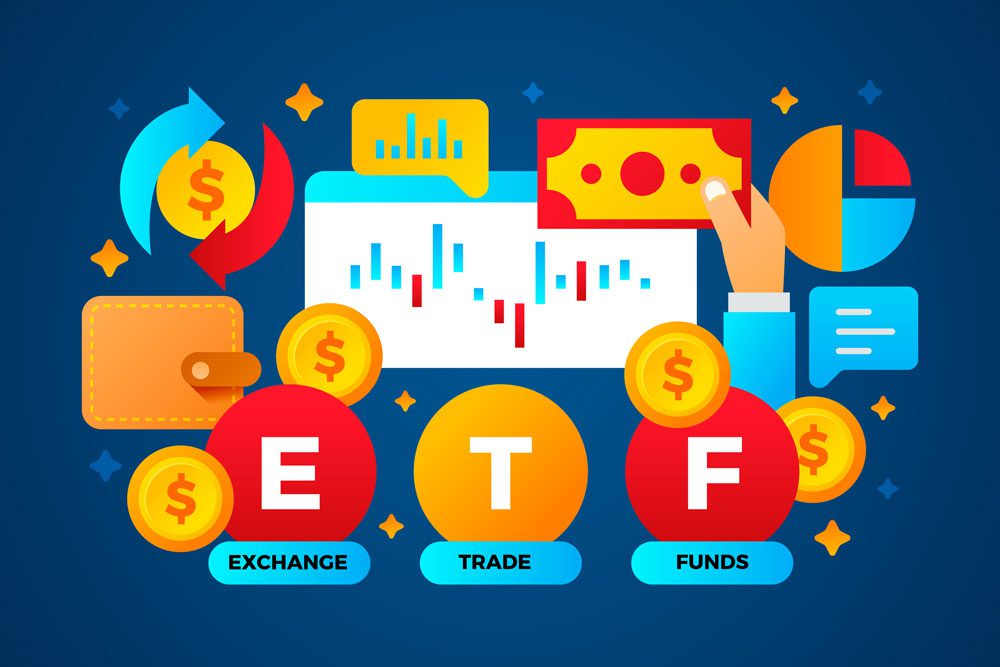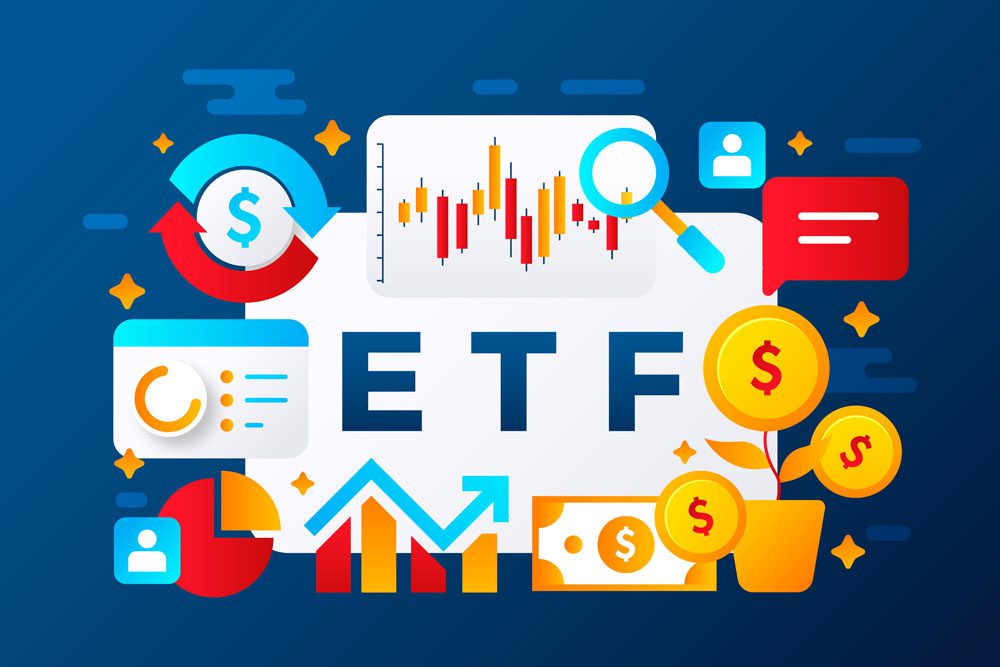An Exchange-Traded Fund (ETF) is a type of investment fund that combines features of both mutual funds and stocks. It is designed to track the performance of a specific index, commodity, sector, or asset class.
ETFs are traded on stock exchanges, just like individual stocks, and can be bought or sold throughout the trading day at market prices. They provide investors with the ability to gain exposure to a diversified portfolio of assets, similar to a mutual fund, but with the flexibility and liquidity of trading on an exchange.
The structure of an ETF allows for the creation and redemption of shares by authorized participants (typically large financial institutions). This process ensures that the supply of ETF shares can closely track the net asset value (NAV) of the underlying assets.
ETFs can be passively managed, aiming to replicate the performance of an index, or actively managed, seeking to outperform a benchmark through active stock selection and trading. Passively managed ETFs typically have lower expense ratios compared to actively managed ones.
By investing in an ETF, an investor can gain exposure to a specific market segment, such as stocks, bonds, commodities, currencies, or real estate, without directly owning the underlying assets. ETFs offer diversification, transparency of holdings, and the potential for increased liquidity compared to traditional investment vehicles.
It’s important to note that investing in ETFs carries risks, including the potential for losses if the underlying assets perform poorly. It’s advisable to carefully review the prospectus or offering documents of an ETF and consider factors such as investment objectives, expenses, underlying holdings, and historical performance before making investment decisions. As with any investment, consulting with a financial advisor is recommended to assess suitability and understand individual investment goals and risk tolerance.






